Recently one of my clients let me know that another firm was going to redesign his website for him stating that it was a business decision based solely on the fact that he could update his site in trade for services he could provide for the designers. I understand that, and had no hard feelings about it, especially when my client asked me to keep being his webmaster after the other firm delivered the new site. We had built a good working relationship which both of us wanted to keep going.
What, you might ask, does this have to do with finding a web designer? It seems more appropriate for how to lose a client, but bear with me, there is a point.
What do you need to know?
When searching for a designer, keep in mind there is a lot more to a website than a pretty design. Pretty designs are everywhere and you will find a wide range of designers who can provide that for you. What you need to keep in mind is that that pretty design will have to appear in different web browsers, over broadband and dial-up connections, on millions of computers throughout the world, and at some point in the future, your site will need to change/update. None of that may happen easily if you shop for just a pretty design.
In part one of this series, I mentioned listing what you needed to look for and ask about when selecting a designer, and that can pretty much be summed up in one question, ‘does the designer adhere to web standards when developing your website?’
What are web standards?
You can Google ‘web standards’ and find a lot of information on them but I find that Roger Johansson at 456 Berea St. sums it up nicely;
“Web standards are technologies, established by the W3C and other standards bodies, that are used to create and interpret web-based content. These technologies are designed to future-proof documents published on the Web and to make those documents accessible to as many as possible.”
There is a lot more to it than that, but as definitions go, that one sums it up well.
What do web standards do for you?
Simply put (once again quoting Mr. Johansson) web standards benefit you through;
- Simpler development and maintenance: Using more semantic and structured HTML(HyperText Markup Language – code that makes a web page) makes it easier and quicker to understand code created by somebody else.
- Compatibility with future web browsers: When you use defined standards and valid code you future-proof your documents by reducing the risk of future web browsers not being able to understand the code you have used.
- Faster download and rendering of web pages: Less HTML results in smaller file sizes and quicker downloads. Modern web browsers render pages faster when they are in their standards mode than when they are in their backwards compatible mode.
- Better accessibility: Semantic HTML, where structure is separated from presentation, makes it easier for screen readers and alternative browsing devices to interpret the content.
- Better search engine rankings: The separation of content and presentation makes the content represent a larger part of the total file size. Combined with semantic markup this will improve search engine rankings.
I know there is some ‘geek-speak’ techno babble mixed in there but the bolded lines sum up in layman’s terms the items that will benefit you and your website users most. It may not seem like much, but trust me, finding a designer who understands and codes to web standards will pay off in the long run in terms of cost savings to you and a more pleasant user experience to your customers.
And what about the client who switched designers?
And so, back to the story… my client received a pretty website. I won’t mention his site or the other designers out of professional courtesy but when my client asked me to make a few updates to the new site I was astonished to find that a reputable firm had coded the website that way.
The site was created in a ‘pre-standards’ fashion, full of extra lines of code that weren’t necessary, making the site bigger (and slower to load) and harder for future developers(in this case me) to update for the client. The biggest issues and consequences I found in the new design were;
- semantic HTML was not used: so my clients new site will probably not work on all browser types, in fact, I have already found a display issue in one of the most popular browsers.
- deprecated HTML was used: deprecated is a word used typically in reference to a computer language which means that it will be obsolete in future versions. In other words, they wrote code that will break in the future, rendering my clients site useless.
- the design code was mixed in with the main content code: so the clients pages will load slower and will not perform as well in search engine rankings. In addition, if I want to make any design changes, I have to edit every page in the website instead of making the change in one place that controls the look and feel for the entire site.
Basically, and I am sorry to say, what worked out for my client initially will have immediate negative impacts (download time and search rankings) and will cost him extra in the long run when he wants to make changes to his site.
To summarize…
This is a very quick overview of what to look for, but if you take nothing else away from all this remember a pretty website does not necessarily mean an effective website. As always if you need more info, please contact me. Advice is always free.
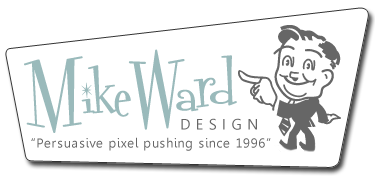



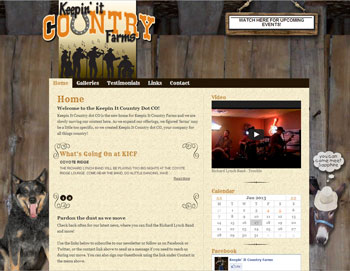


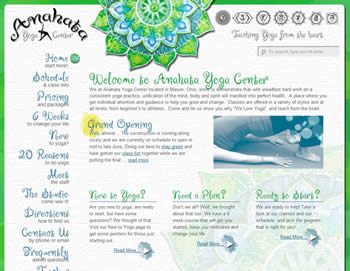

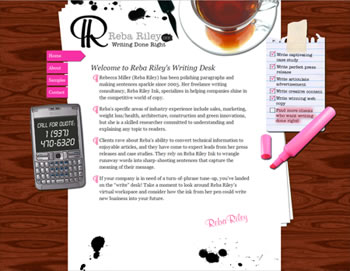
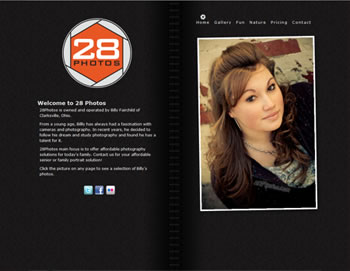
2 Trackbacks
[…] I realized about two-thirds of the way through my last post that it was getting a bit long and since I wanted to finish with the story of my client who switched designers, I didn’t give as much detail about standards as I would have liked. […]
[…] In some of my past posts, Searching for a web designer, part two and part two and a half I talked about standards and separating presentation from content, and threw out words like download and rendering. I still believe that finding a designer who understands all that is extremely important, but a redesign project I am currently on brought another point to my attention. The software a designer uses may have considerable impact on the final project. […]